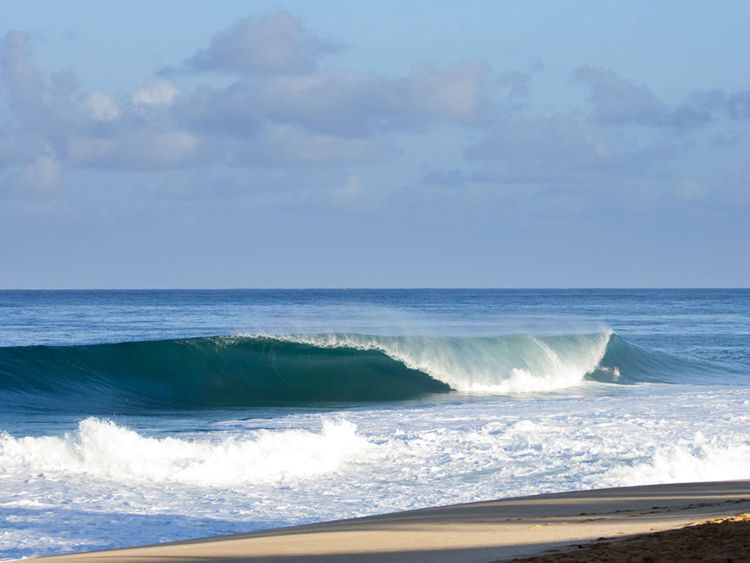The surf report is an accurate and reliable forecast tool for surfers, kitesurfers, windsurfers, and bodyboarders.
Surf reports are visual modeling interpretations of the maritime forecast systems developed by public international weather organizations and intercontinental weather bodies.
Wind and wave forecasts are based on information from ocean buoys that have been strategically set in several water locations.
These buoys record and provide detailed information about the present maritime and air conditions (temperature, pressure, precipitation, humidity, wind speed and direction, swell size and period).
This data is collected and analyzed for use in future forecasting.
Surfers and sailors often depend on reliable surf reports to determine whether maritime conditions are suitable for their needs.
Whether you're using it to relax, train, compete, or travel, a good surf report is often critical.
Competitive surfing event organizers use also use this information to decide if a lay day should be declared or if a big wave competition should be given the green light to go ahead.
A Widespread Tool
Today, surf reports are everywhere. They provide surprisingly accurate information for any surf or wind spot.
Although surfers (surf and bodyboard riders) and sailors (kitesurfers and windsurfers) have different maritime needs, both depend on information about wind and wave height in order to optimize the best conditions.
A surf report, however, is not a 100 percent accurate maritime weather forecast tool.
Instead, surf reports represent interpretations of data collected over time from a given surf spot, and so each surf report site will have tuned the weather algorithms it uses to make sense of its prevailing conditions.
And let's not forget: Mother Nature has a knack for making decisions alone. She might, for example, decide to change the course of a tropical storm at the last minute, producing errors in the initial maritime forecasts.
As another example, a common puzzling aspect of maritime behavior can see an expected offshore wind turn the opposite way, giving way to an onshore breeze that delivers closeout waves.
The best surf reports have added tweaks that help to diminish the probability of delivering errors, but even these are not foolproof.
A balanced forecast is best, and most reports these days do just that.
So, which are the best surf reports out there? Is a surf forecast for the USA as precise as one from Australia, the United Kingdom, France, Spain, or Canada?
How different is a surf report from that of a country's official weather forecast organization?
In the next chapter, we'll detail the official world weather organizations and look at who is responsible for delivering official maritime weather statements and alerts in each country.
Chapter #1 - The Surf Report Is An Accurate Maritime Forecast Tool
Chapter #2 - Ocean Buoys And Forecast Data For The Surf Reports
